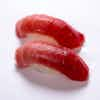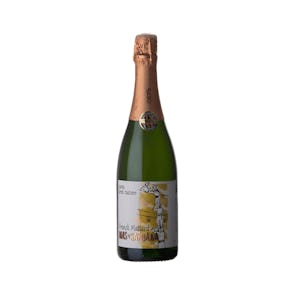


Hon-Maguro Akami Saku from Malta (Bluefin Tuna Lean Meat Block)
Top-quality lean fish
TASTING NOTES FROM THE CURATOR
Akami, or agami, means “red meat,” and comes from the upper back area of the bluefin tuna. It’s the leanest part of the fish, therefore the least fatty. This makes it more affordable, but no less delectable and desired. This is what you get when you ask for “maguro” in a restaurant, but don’t specify which part.
It has a deep red color (hence, “red meat”), and is very tasty. It’s top-quality lean meat, with an elegant and smooth texture. It has rich aromas, and a subtle sweet flavor.
Saku is the preferred form of Japanese chefs for sashimi. The word means “block,” and it has a uniform quality that makes it ideal. This akami was sourced from Malta, and processed by professionals in Osaka, Japan.
PREPARATION AND PAIRINGS
The Hon-Maguro Akami Saku is perfect for people who don’t prefer fatty tuna. It’s great for sushi, sashimi, and nigiri, but also for steak. To make a tuna steak, simply fry your Hon-Maguro Akami in a pan with oil, your choice of spices, and some salt and pepper. Enjoy with sake, or a light white wine.
FROM TRASH TO TREASURE
Around 300 years ago, during Japan’s Edo period, sushi was quickly becoming the choice of fast food amongst the Japanese people. Even then, toro would be tossed away as trash or useless. This was because, at the time, tuna was caught in present-day Nagasaki and Miyagi, which were far from Edo. Once it got to Edo (present-day Tokyo), the tuna would have lost much of its freshness, especially the fatty parts, and was therefore undesirable. In fact, the only useful part of the tuna then was the akami, which was lean.
But with time, refrigeration, transportation, and preservation technologies progressed, and tuna became a proper industry. This was in the 1960s, a time when the Japanese people’s diet changed drastically, consuming more food with high-fat content. This catapulted toro into the worldwide stardom it enjoys now.
Storage Instructions
Arrives frozen. Keep in the freezer; it will stay at its best for three weeks. Once thawed, it must be consumed within 48 hours.





